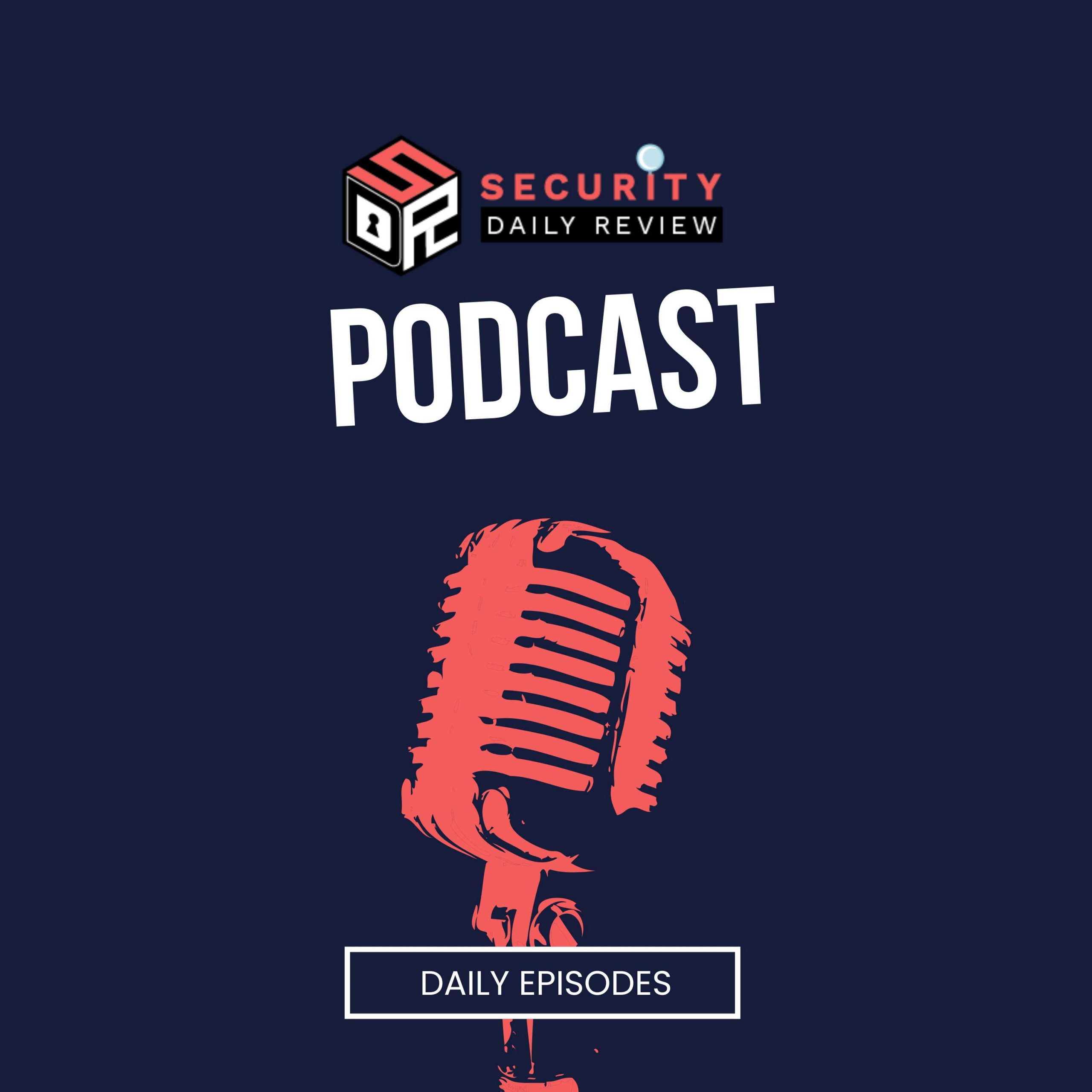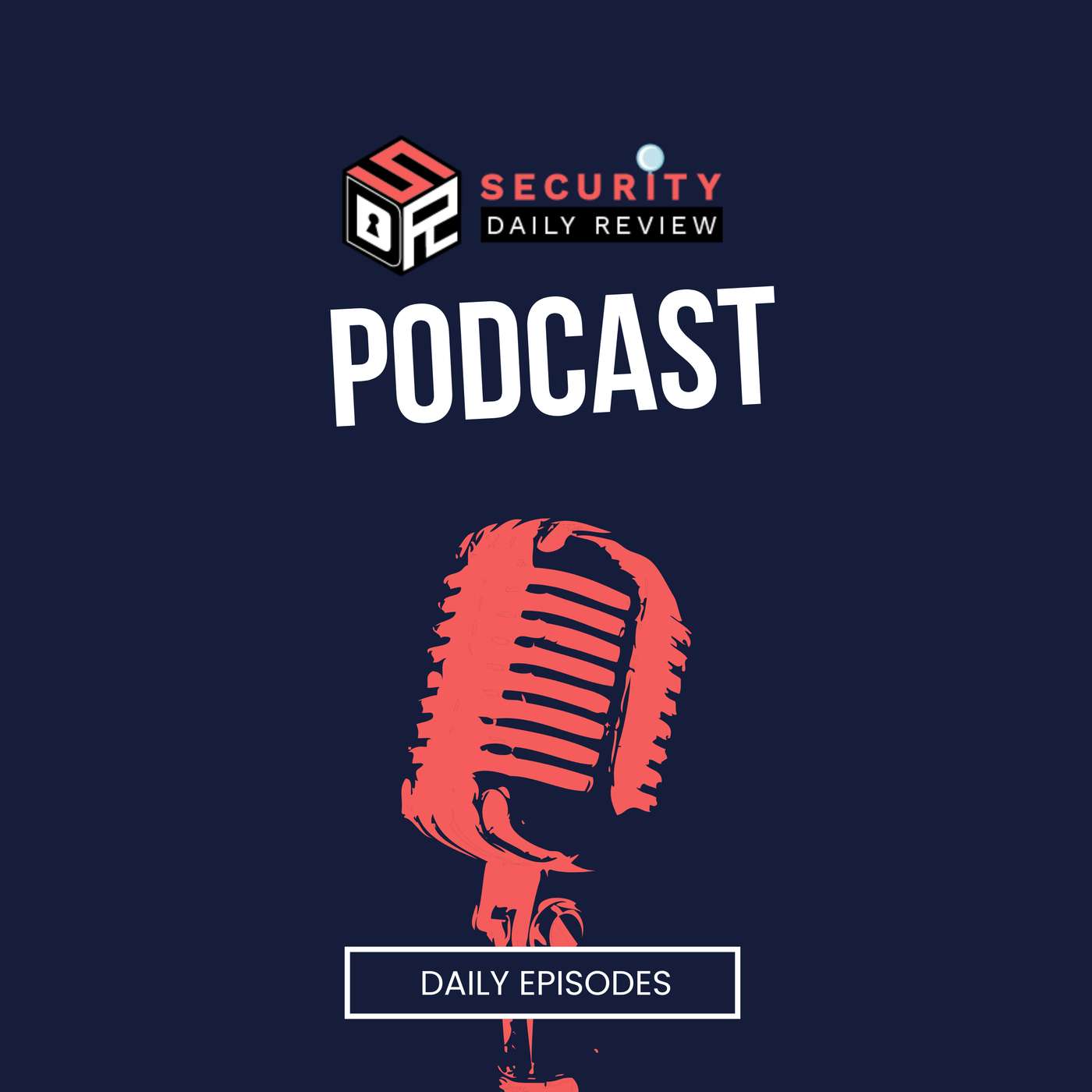In a sudden and cryptic announcement, the notorious ransomware group Hunters International has declared its shutdown, citing “recent developments” and pledging to release decryption keys to victims. Active since late 2022 and suspected to be a rebrand of the earlier Hive ransomware gang, Hunters International has been responsible for attacks on nearly 300 organizations across various industries. Yet, cybersecurity experts believe this announcement is less about remorse—and more about reinvention.
In this episode, we dissect what this “shutdown” really means. Far from disappearing, the group may already be operating under a new name: World Leaks. This episode explores the lifecycle of ransomware gangs and how rebranding, splintering, and strategic pauses are common tactics used to throw off law enforcement and improve operational resilience.
Key discussion points include:
- The lifecycle of ransomware groups, from emergent to established, using the GRIT taxonomy.
- How rebranding is used to evade law enforcement pressure and manage public perception, especially after high-profile disruptions.
- The Hive–Hunters–World Leaks lineage, and what indicators point to continuity rather than closure.
- Why law enforcement actions rarely shut down ransomware permanently, often leading to splinter or successor groups.
- The business model of ransomware, including double extortion, data leak sites, and Ransomware-as-a-Service (RaaS).
- Which sectors remain most vulnerable—including manufacturing, professional services, finance, and education—and how victim selection is increasingly based on financial footprint and data value.
- The significance of public communications and tactics like apologies, targeting rules, and ethics messaging used to shape ransomware groups’ public image.
- The importance of ransomware payment tracking via blockchain, with insights into Bitcoin-based laundering operations and the transparency paradox of public ledgers.
- The value of Ransomware Susceptibility Index™ (RSI) metrics to help organizations prioritize defenses and understand their exposure.
This case study of Hunters International exemplifies the strategic fluidity of modern ransomware operations—where shutting down may simply mean rebooting under a different brand. For defenders, staying ahead means recognizing these patterns, maintaining continuity in threat intelligence, and preparing for the next iteration before it strikes.








